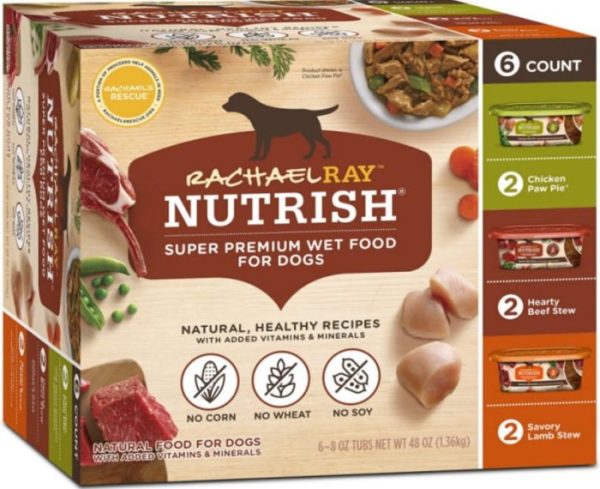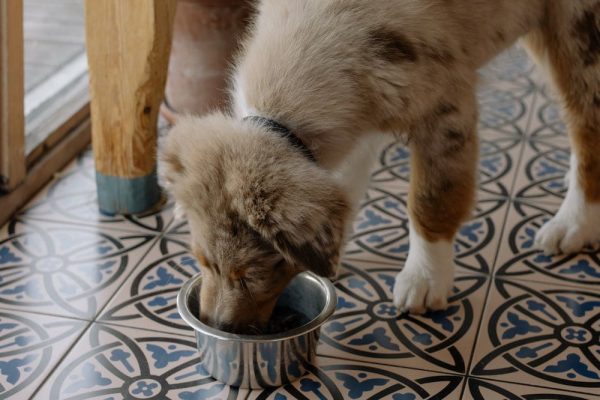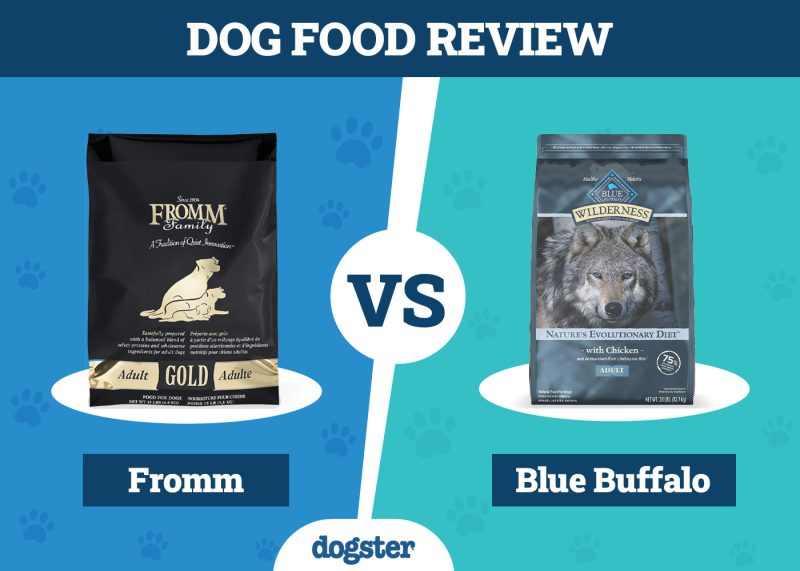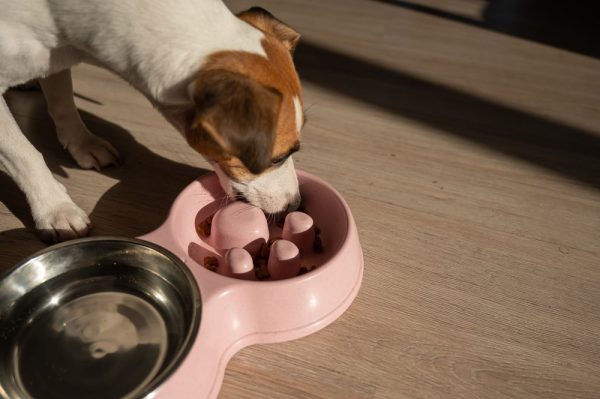In this article
One of the most important planned veterinary costs to consider for your dog is the cost of spay or neuter surgery. Budgeting for this procedure can help you avoid unexpected expenses and maintain the best possible care for your pet. The price of spaying or neutering a dog in Canada is expected to rise in the next few years due to inflation and the increased demand for these services.
The cost of spaying or neutering a dog varies depending on the size and breed of the dog, the vet clinic, the region where you live, and the type of surgery. Since there are over 4,000 veterinary practices in Canada, the price range will be significant. The average cost of spaying or neutering a dog in Canada can vary from $300–$1200, depending on the above factors.
Let’s examine the cost of spay/neuter surgery in Canada and the importance of the procedure.

The Importance of Spaying or Neutering a Dog
Spaying or neutering a dog has many benefits. It can reduce the number of unwanted puppies and the number of dogs that end up in shelters. Spaying or neutering can also help minimize certain hormone-related diseases and reproductive cancers.1
Did you know that you can speak with a real vet online about spaying or neutering your dog?
How Much Does Spaying or Neutering a Dog Cost?
The price of spaying or neutering a dog depends on the type of procedure, the vet clinic, your dog’s breed and size, and where you live. In general, though, the cost ranges from $300 to $1200, but you can find lower and higher prices. This is relatively inexpensive, considering all the benefits of spaying or neutering a dog.
In most cases, spaying a female dog is more expensive than the cost of neutering a male dog, as the procedure is much more complex and takes longer to perform. The size and sometimes the age of the dog also play a role in the price of the procedure. Generally, larger dogs are more expensive to spay or neuter than smaller dogs, and older ones may require more pre-anesthetic checks or involve more specialized anesthesia.
Your location affects the cost too. Veterinary clinics in big cities generally charge more for spaying or neutering a dog than those in smaller towns or rural areas. However, the Ontario SPCA and Humane Society offer low-cost spaying/neutering at $250–$350 to lower-income families.

Standard Costs of Spaying or Neutering by Province
The cost of spaying or neutering a dog in Canada may vary by province. Here is an approximate average price of the procedures.
Please note that these ranges are average and you should not expect to be charged exactly these prices in the provinces listed. Prices vary depending on the cost of living, the clinic, and the location. These prices may not include anesthetic costs. Some clinics might charge more or less.
| Alberta: | $350–$450 |
| British Columbia: | $300–$400 |
| Saskatchewan: | $350–$450 |
| Manitoba: | $300–$400 |
| Ontario: | $400–$550 |
| Quebec: | $350–$450 |
| Maritime Provinces: | $350–$450 |
These expenses are for standard procedures. The price can be higher depending on your dog’s size and breed, if they require additional procedures, and if laparoscopic spay is chosen. You should always check with your veterinarian to get an accurate estimate of how expensive it will be to spay or neuter your dog.
Costs by Area and Breed Size
The cost of spaying or neutering a dog is influenced by both location and the dog’s size or breed:
- Location: Veterinary clinics in urban areas or regions with a high cost of living typically charge more. For example, spay/neuter procedures in major cities like Toronto or Vancouver may cost significantly more than in rural areas.
- Small to Medium Dogs: If your dog weighs 75 lbs or less, expect to pay between $250 and $800, depending on your location and the clinic.
- Large Breed Dogs: If your dog weighs over 75 lbs, spaying or neutering costs can rise significantly, often exceeding $1,000 due to the need for more anesthesia and longer surgery times.
These variations make it essential to factor your dog’s size and where you live into your budget.
Additional Costs to Anticipate
Besides the cost of spaying or neutering your dog, there are a few other expenses that you may need to consider. First, you will likely need to pay for a pre-surgery check-up by your veterinarian. This exam is vital to ensure your dog is healthy enough for surgery. This check-up usually includes blood tests, X-rays, electrocardiograms (ECG), and other tests for infectious diseases that may be necessary depending on where you live.
Second, you must pay for pain medication for your dog after the surgery. This will help them recover comfortably. You may also need to purchase an e-collar (cone) to prevent your dog from licking or scratching the incision site.
Finally, if any complications arise, you may need to pay for further expenses after the surgery.


When Should I Spay or Neuter My Dog?
Spaying or neutering your dog has many benefits. It can help reduce the risk of specific health problems, make your dog less likely to roam and get lost or injured and reduce the number of unwanted puppies.
Traditionally, the advice regarding the best timing for spaying or neutering your dog has been before they reach sexual maturity, which typically occurs around 6 months of age. However, the latest research suggests that some dog breeds should wait longer because their sexual hormones play a role in their development. This means larger dog breeds might be spayed or neutered at 18 or even 24 months of age.
You may have heard of dogs being spayed or neutered before 6 months of age. Early-age spay-neuter (6–16 weeks of age) is recommended by the Association of Shelter Veterinarians as an important measure to control dog and cat population. This can prevent accidental litters from occurring prior to surgery.
We recommend talking to a vet, they can give you the best advice for your pet.

If you need to speak with a vet but can’t get to one, head over to PangoVet. It’s our online service where you can talk to a vet online and get the personalized advice you need for your pet — all at an affordable price!
Does Pet Insurance Cover Spay or Neuter Surgery?
No, pet insurance does not typically cover this surgery. Spaying or neutering a dog is considered a preventative measure, and most insurance policies do not cover preventative care. There can be some exceptions, however. For example, if a dog needs to be spayed or neutered to treat a medical condition, the surgery may be covered by pet insurance.
How to Care for Your Dog After Spay or Neuter Surgery
You will need to take care of your dog after spay or neuter surgery by following your vet’s guidance. First, it is important to keep your dog calm and quiet for the first few days. This means no running, jumping, or playing. You should also use a protective collar to keep your dog from licking or biting the incision site.
Second, you will need to give your dog medication to control the postoperative pain and inflammation as your veterinarian prescribes. Follow the directions, and only give your dog the recommended amount, frequency, and duration.
Third, monitor the incision site toensure that it is healing properly. The site should be clean and dry, but mild redness can be normal. Contact your veterinarian immediately if you notice any swelling, discharge, or pain. Finally, you should ensure your dog is eating and drinking as they should. Therefore, contact your vet if your pup is refusing to eat or drink because it is important to ensure healing and to avoid side effects from the medication.
Following these tips will ensure that your dog successfully recovers from their spay or neuter surgery.
Conclusion
The cost of spaying or neutering a dog in Canada can vary depending on the vet, the type of surgery, and the region, but it now typically ranges from $300 to $1200. This cost may seem high, but it is worth it to help reduce the number of homeless animals, save your dog from an unwanted pregnancy, and lower the risks of certain diseases and cancers.
Humane associations provide low-cost spay/neuter clinics, so if you are eligible for this option for your pet, be sure to check them out.
Featured Image Credit: Jareerat, Shutterstock




















